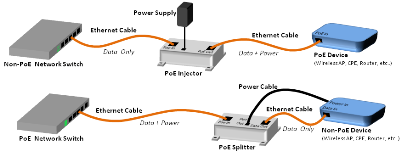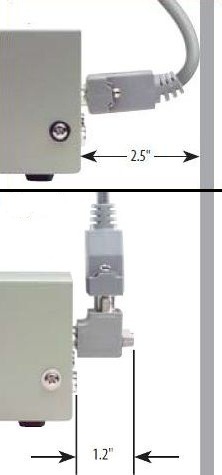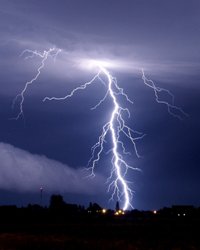LSZH Jackets
(blogger@L-com.com)
Our friends at Anixter published a great whitepaper recently on Low Smoke Zero Halogen (LSZH) in the cabling industry. If you haven't seen it, it is listed on Cabling Installation & Maintenance's website here. Of course, we can't say it better than they just did, but we wanted to give a brief overview of what LSZH is for those who work in our industry but don't know much about it (yet).
LSZH is a compound used to make the jackets of certain signal-grade cables. Most cables have always been and are still made with a polyvinyl chloride (PVC) jacket. The PVC used on cables is a soft, flexible, durable plastic material that protects the copper wire within from shorts, corrosion, and most kinks. It is also relatively cheap, and in most cases has no disadvantages.
So, if you just need a patch cable or a USB cable for a general application, PVC is probably what you'll get and is fine.
However, there are limits to the applications of PVC.









